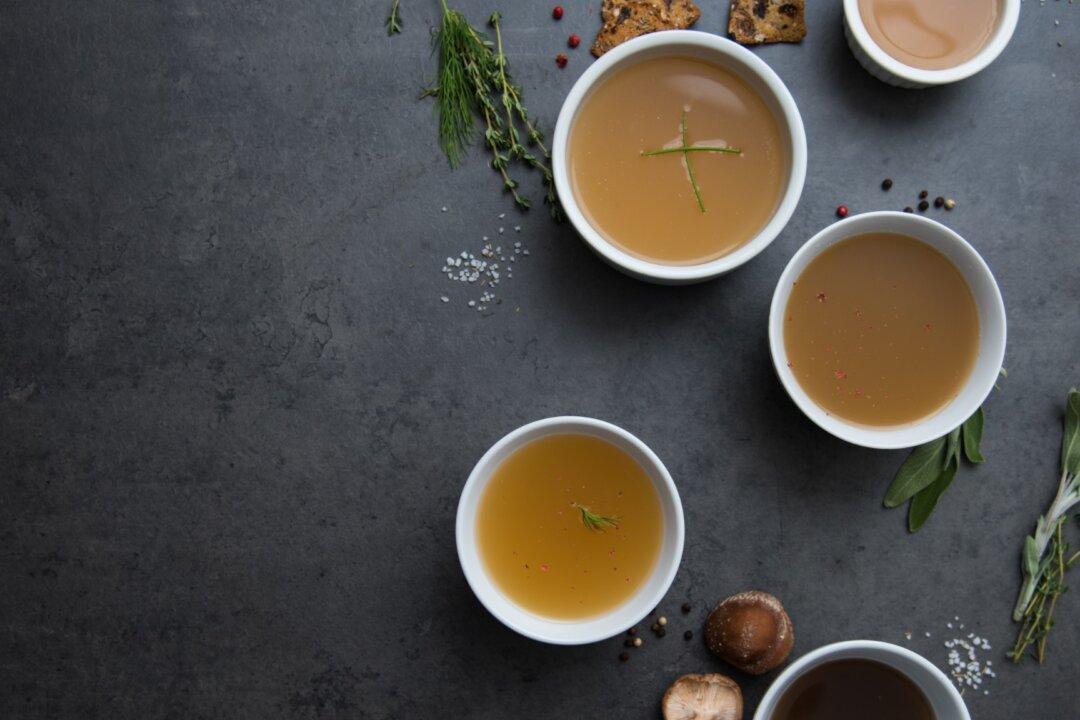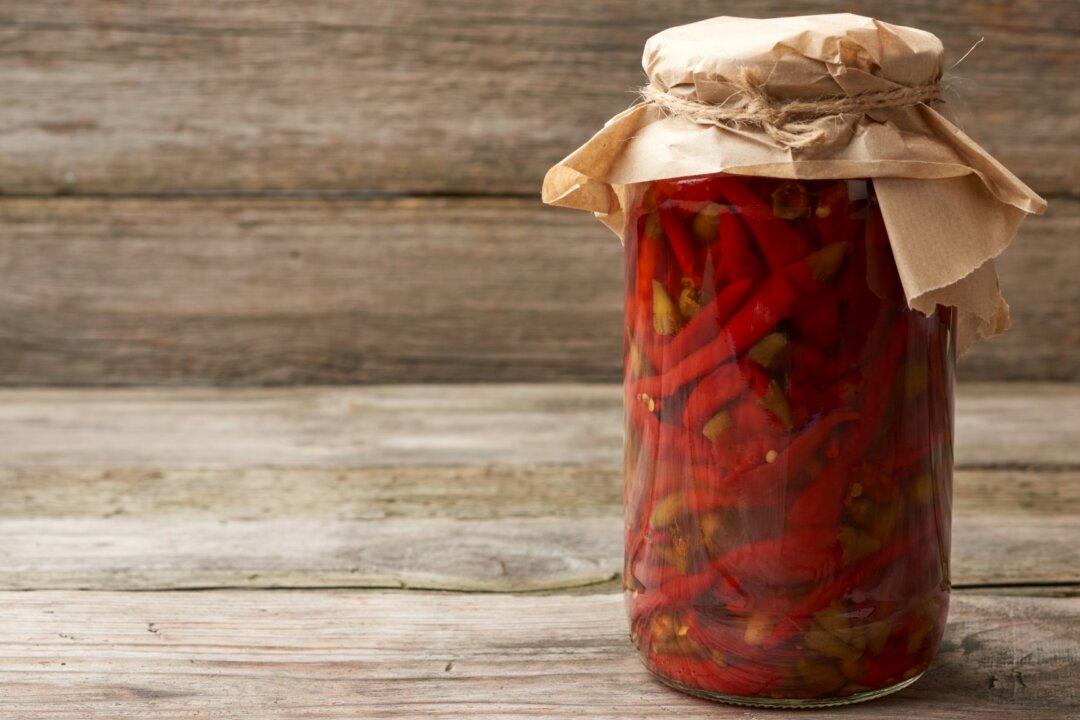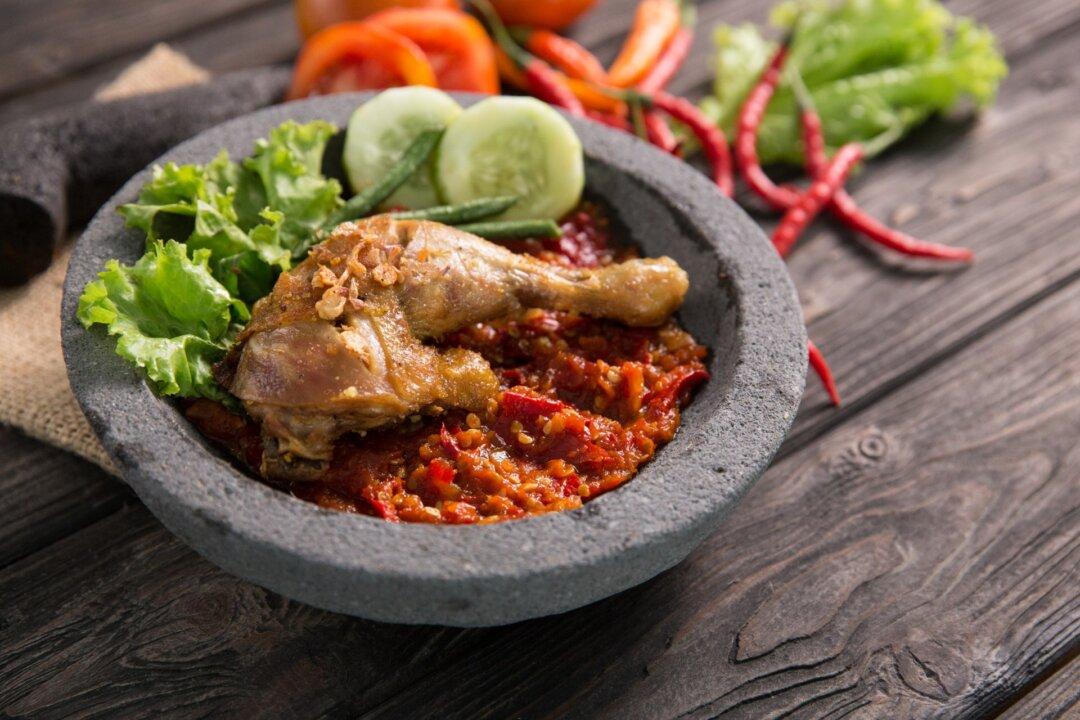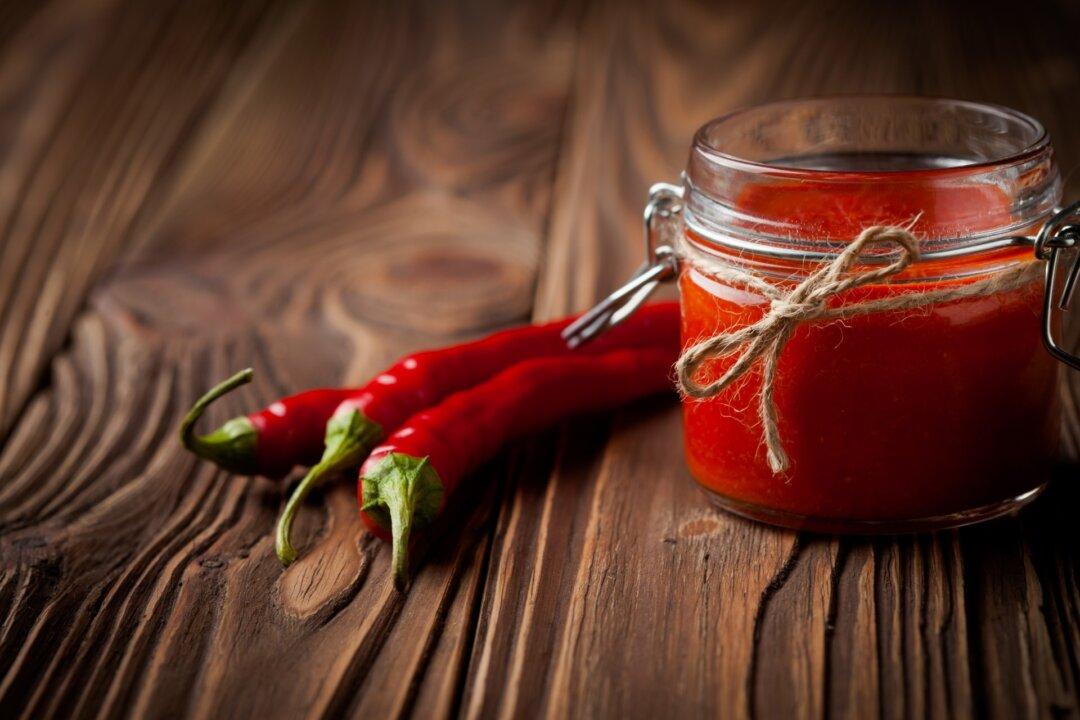A few years ago, for the culinary timeline equivalent of an eye-blink, broth became chic. Hip bistros, frou-frou takeout shops, and coffee emporiums all jumped on the paleo diet-inspired “bone broth” craze and ladled their way into the hearts and wallets of health-conscious consumers.
Bone broth, an elixir made from meat, poultry, or fish bones with occasional vegetables and herbs, has been touted as a cure for inflammation, a source of cell-rejuvenating collagen, and a wellspring of minerals. Of course, now bone broth has become another staple on the grocery shelf—a commercially available product designed to be sipped, spooned, or poured. And the real boost from the bone broth fad has been awareness.





